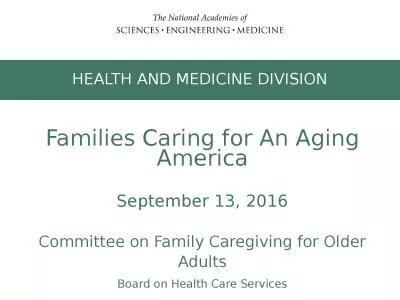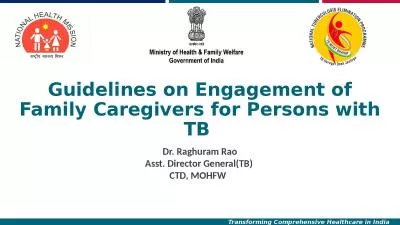PPT-Non-Traditional Families and Their Caregivers:
Author : aquaticle | Published Date : 2020-06-16
Divorce and StepFamilies in Play Therapy March 152018 Sabra Starnes LICSWLCSWC RPTS Clinical Social Worker Learning Objectives Define Divorce single parenting and
Presentation Embed Code
Download Presentation
Download Presentation The PPT/PDF document "Non-Traditional Families and Their Careg..." is the property of its rightful owner. Permission is granted to download and print the materials on this website for personal, non-commercial use only, and to display it on your personal computer provided you do not modify the materials and that you retain all copyright notices contained in the materials. By downloading content from our website, you accept the terms of this agreement.
Non-Traditional Families and Their Caregivers:: Transcript
Download Rules Of Document
"Non-Traditional Families and Their Caregivers:"The content belongs to its owner. You may download and print it for personal use, without modification, and keep all copyright notices. By downloading, you agree to these terms.
Related Documents

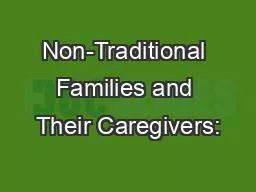
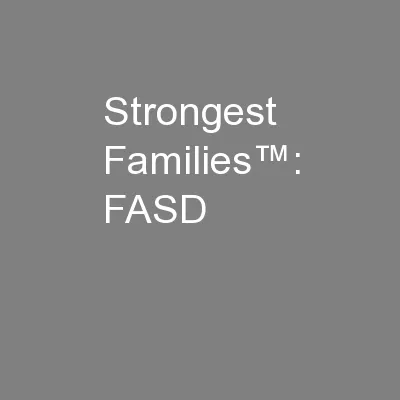
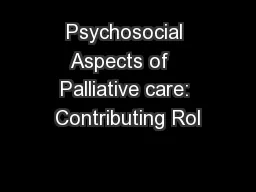


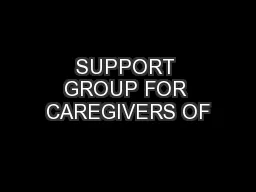
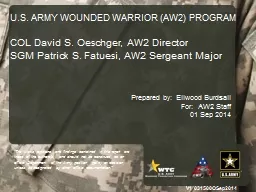
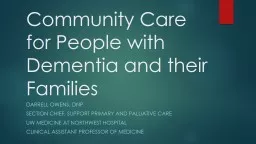
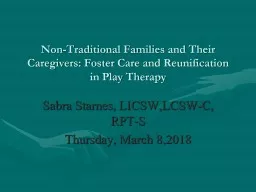
![[READ] - Financial Aid for the Disabled and Their Families 2010-2012 (Financial Aid for](https://thumbs.docslides.com/906754/read-financial-aid-for-the-disabled-and-their-families-2010-2012-financial-aid-for-the-disabled-their-families.jpg)

